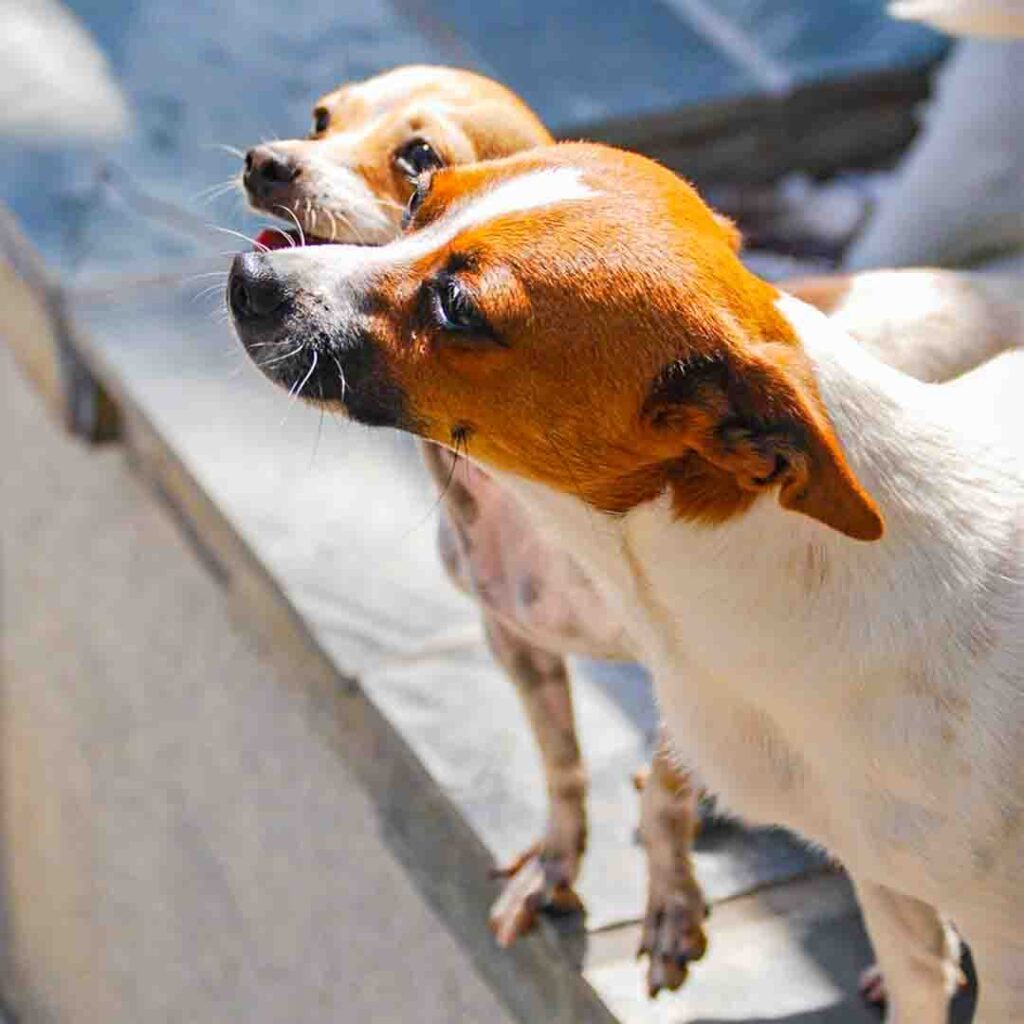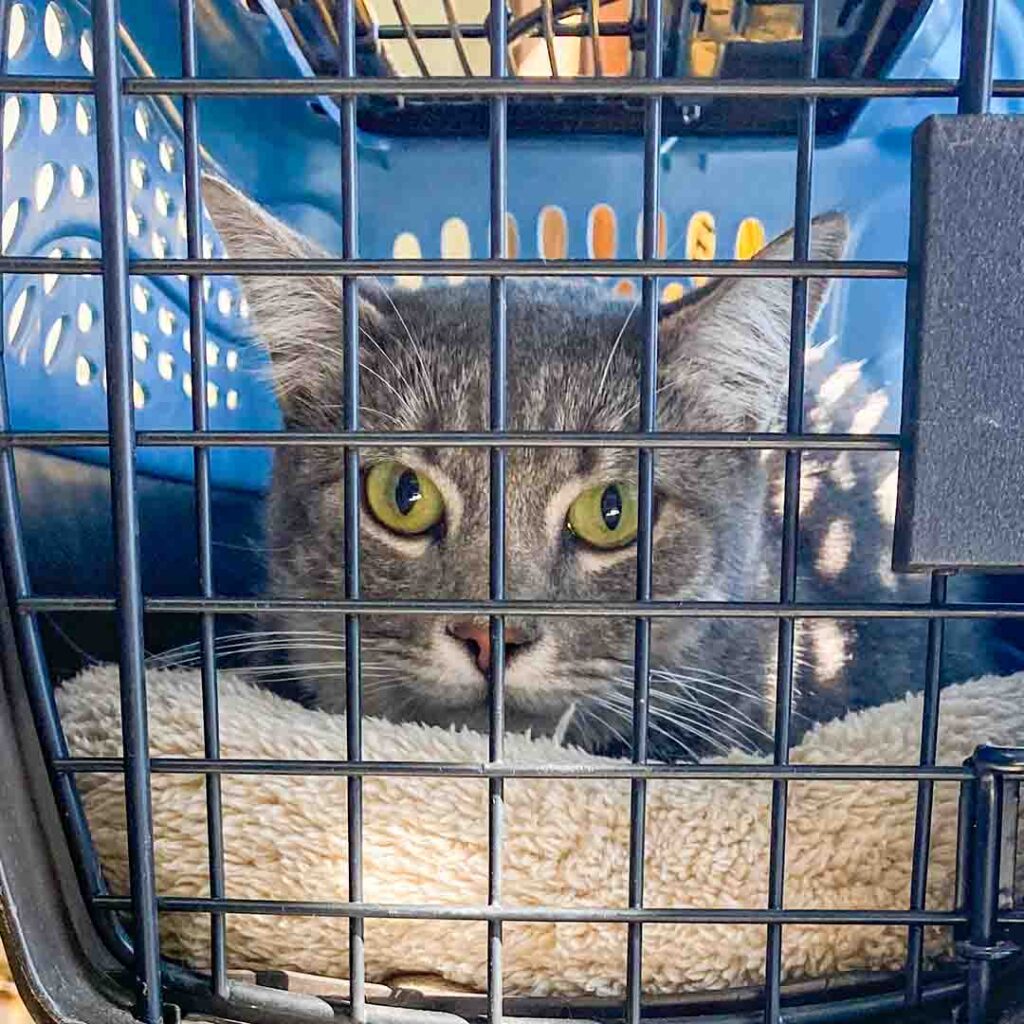
Why Bonded Pairs, for Both Dogs & Cats, Should Be Adopted Together
Bonded pairs are animals that have an emotional attachment to each other. When separated, they get physically sick and emotionally distressed.
Bonded Pairs: Two Animals Who Are Deeply Connected & Emotionally Attached
Bonded pairs is used to describe animals who are strongly attached to each other in a way that can cause separation anxiety and other health ailments if separated.
When rescuing animals it’s important to see if they’re by themselves or they are attached to a companion animal. When they are with a companion, it’s likely that they are a bonded pair.
Bonded animals do not have to be from the same litter, although they may be. Sometimes bonded pairs are rescued together when they are still strays, or their former owners have died. Often a cat and a dog who’ve been through a lot together or owned the same former owner, become bonded pairs.
What Happens When Bonded Pairs Are Separated?
Separating bonded pairs tend to have many different signs to look for:
- Anxiety issues in one or both animals.
- Excessive barking, meowing, whining, or crying.
- Destructive chewing.
- Peeing or pooping in the house excessively.
- Difficult to potty train.
- Vomiting and difficulty keeping food down.
- Overall sickness and having low energy or fatigue.
- Emotional distress that can manifest as depressive behavior like pouting and disengagement with new owners and surrounding.
When rescuing animals always ask if the pet you’re looking to adopt is a bonded pair with any other animals in the rescue facility to avoid separating bonded pairs.
Bonded pairs do handle new and unfamiliar environments, because they have a healthy relationship to support each other. Bonded pairs usually appear in adult dogs, and even in cats. Puppies born in the same litter sometimes appear to be bonded, but aren’t always compatible in adult hood, so it’s important to observe their behavior and relationship with each other as they grow.
How Are Bonded Pairs Formed Between Dogs & Cats
Animals begin forming a bond when they’ve spent a significant amount of time together. From an early age bonding takes place if the animals have depended on each other for survival. This often happens with strays in the wild who band together for survival. It’s been observed that deep bonds between animals form after spending about 6 months together. However, the conditions that animals have lived through can start the bond earlier, and it is not always about the duration of time they spent together.
Benefits of Adopting a Bonded Pair
Dogs, cats and other animals who are bonded often depend on each other to overcome challenging situations. Bonded pairs help each other by reducing anxiety and destructive behavior, because they calm each other in stressful and frightening situations. Keeping a bonded pair of pets together guarantees a great companion and gives your pet a familiar play mate to help ease the need for excess attention from their new owner.
Is Caring for Two Animals More Challenging Than One?
Actually it’s a benefit! You have two animals that can keep each other company and play together. Most importantly, when two animals are together, they keep each other calm when you’re away from home. Caring for 2 pets is not any harder than caring for 1. You end up with happier pets when they have a companion to keep them company.
Before Adopting A Dog or Cat
When adopting from a shelter do not split bonded pairs, because you favor one animal over the other. Always adopt them together if they are a bonded pair for their well being. Consider adopting another animal who is not bonded.
Remember, closely bonded animals grieve the loss of each other when they are split apart. This is akin to how people grieve when separated just like a brother and sister split up in adoption. This can happen to your animal if you aren’t careful when choosing an animal to adopt from the shelter.
When adopting, it’s essential to consider adopting both animals if they are bonded. Always ask the keepers if they been close with any other animals, and monitor your pets behavior for signs of separation when you take them home.
Grief is no stranger to paired dogs, cats, or other animals when split up. Think how you would feel if you separated from a close family member or loved one, and understand that your animal feels the same emotions when separated.
Signs of Bonded Pair Separation
Pets, just like people, when morning the absence of a loved one will experience:
- Less interests in activities.
- Sleep more often.
- Withdraw from people.
- Refuse to eat and experience loss of appetite.
- May be aloof and stare into space.
Let’s all unite together in saving our animals for a better future for them and ourselves. Always consult a vet when your dog or animal shows signs of sickness or irregular behavior.
